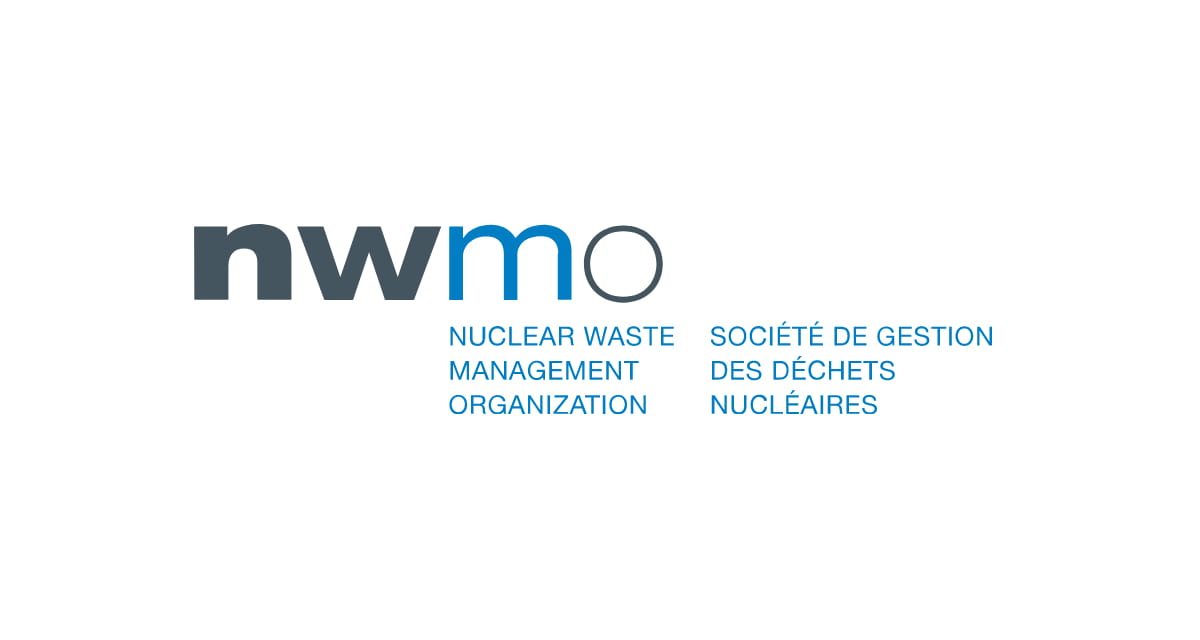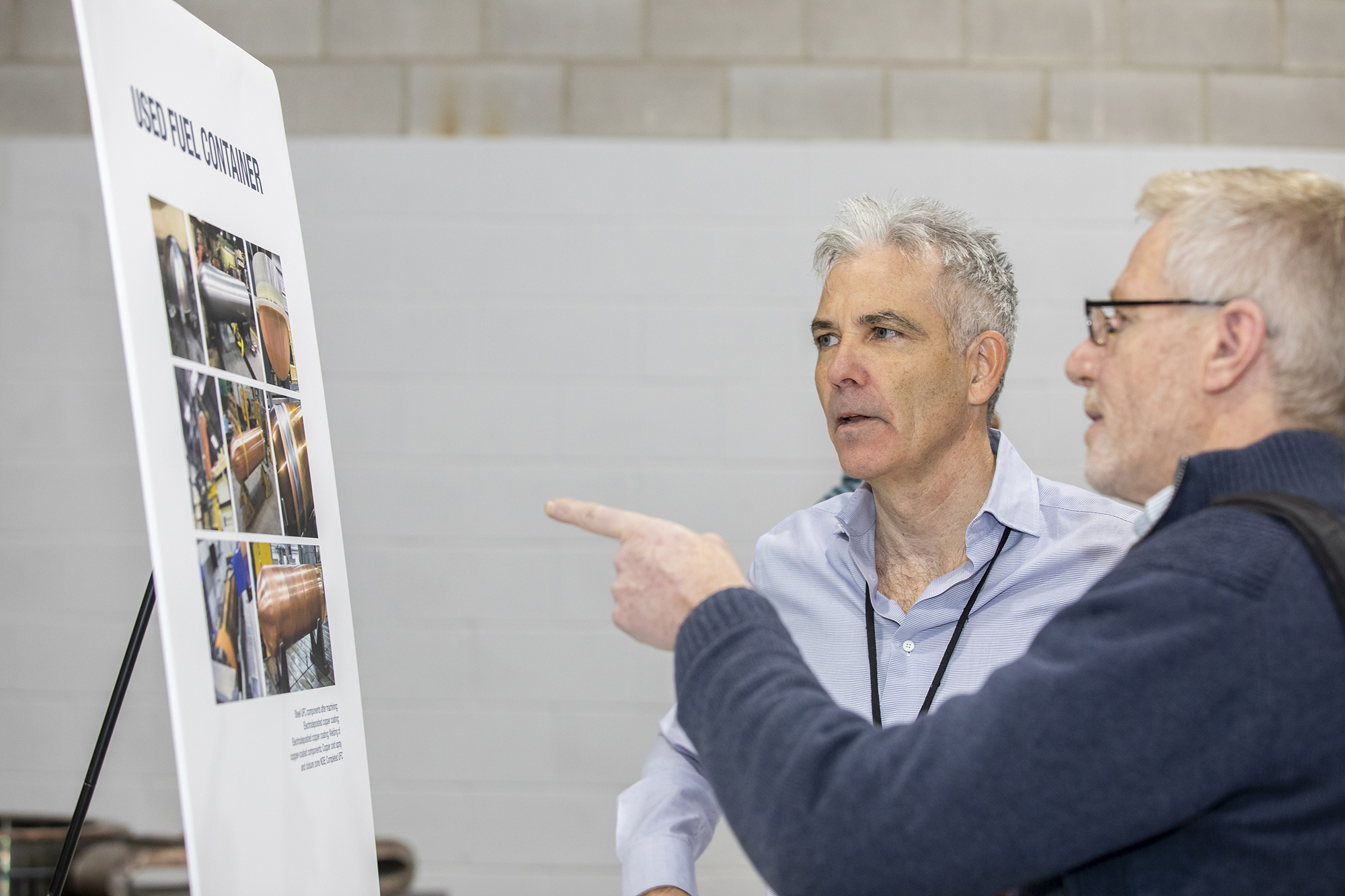The last three years at the Nuclear Waste Management Organization (NWMO) have been marked by both significant technical accomplishments and trail-blazing community milestones. Our 2020-22 triennial report highlights the NWMO’s activities as we have continued to implement Canada’s plan for the safe, long-term management of used nuclear fuel.
“Reflecting on the three years this triennial report covers — 2020 through 2022 — it feels like both a lifetime and a blink of an eye,” said Laurie Swami, President and CEO of the NWMO. “Despite the uncertainty created by the COVID-19 pandemic, we adapted and maintained our momentum in implementing Canada’s plan for the safe, long-term management of used nuclear fuel. We remain on track to select a site for Canada’s used nuclear fuel repository next year, and then move into the regulatory decision-making phase of work.”
In accordance with the Nuclear Fuel Waste Act, the report was submitted to Canada’s Natural Resources Minister Jonathan Wilkinson on March 30, 2023. As part of the open and transparent process required by the act, the report will be tabled in Parliament in the coming weeks.
Some key accomplishments during the three-year period covered by the report include:
- We narrowed our focus to two potential sites, both in Ontario: the Wabigoon Lake Ojibway Nation-Ignace area in northwestern Ontario and the Saugeen Ojibway Nation-South Bruce area in southern Ontario.
- We published Confidence in Safety reports marking the culmination of a decade of work and concluding we can be confident a safe repository can be constructed at either potential site. We are using reports to continue the dialogue with Canadians and Indigenous peoples about the project as further technical studies are undertaken in the coming years that will provide even greater clarity for the facility design and safety case.
- We conducted a full scale emplacement trial of the engineered-barrier system at our Discovery and Demonstration Centre in spring 2022. The demonstration showcased our ability to manufacture, handle and place the engineered barriers in a simulated underground emplacement room that replicates the deep geological repository.
- We continued our journey towards Reconciliation. We published our first Reconciliation Report (2021), fulfilling our commitment to measure annually and report our contributions to the Truth and Reconciliation Commission’s calls to action.
- As we continue to move through the site selection process and engage with communities, we continue to align with Indigenous Knowledge with our work and apply that learning to planning and decision-making processes.
- We also worked in close collaboration with Indigenous and non-Indigenous community members to establish environmental monitoring programs in the two potential siting areas.
- We sought feedback from Canadians and Indigenous peoples related to transportation planning. Using that feedback, we published a transportation framework reflective of people’s key questions and concerns.
- We began a series of community studies that will help residents in potential host communities to better understand the impacts of hosting the repository if the site in their area is selected.
- In recognition of our successful engagement activities with Canadians and Indigenous peoples about Canada’s plan for used nuclear fuel, the Minister of Natural Resources asked the NWMO to lead the development of the Integrated Strategy for Radioactive Waste. We issued a draft strategy for public input following extensive engagement across the country.
- We maintained co-operation agreements with counterparts in Belgium, Finland, France, Japan, South Korea, Sweden, Switzerland and the United Kingdom, and a memorandum of understanding with our counterpart in Tawain, all of whom are pursuing deep geological repositories like Canada. Over the last three years, we continued to support the international momentum around deep geological repositories, foster international co-operation and learn from each other.
In addition to the triennial report, the NWMO has released our latest implementation plan — Implementing Adaptive Phased Management 2023-27 — outlining our planned activities for the next five years. The implementation plan is a living document that is regularly assessed and updated based in part on public input, and we want to hear from you! This is your chance to send us your thoughts on our implementation plan by filling out our online survey, available until June 9, 2023.
UPDATE: On June 28, 2023, Canada's Natural Resources Minister Jonathan Wilkinson released a statement regarding our 2020-22 triennial report.
